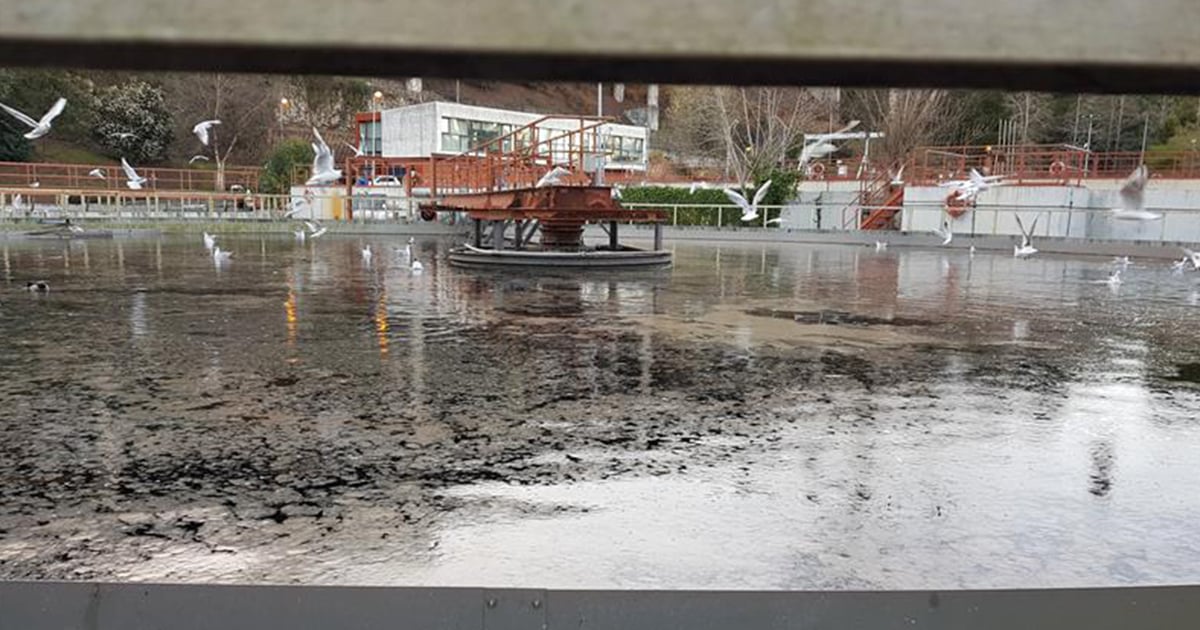Novel Insights on Wastewater Treatment Processes for Sustainable Removal of Emerging Contaminants
A special issue of Water (ISSN 2073-4441). This special issue belongs to the section "Wastewater Treatment and Reuse".
Deadline for manuscript submissions: closed (5 July 2024) | Viewed by 19786

Special Issue Editors
Interests: wastewater treatments; sustainable treatment processes; tertiary treatments; biosorption; advanced oxidation processes; biowastes valorization (sorbent and biofilm prodution); emerging contaminants
Special Issues, Collections and Topics in MDPI journals
Interests: water pollution and contamination; water purification; wastewater treatment; sustainable treatment processes; circular economy; biomass energy; biowastes management and valorization; novel materials: production, characterization and utilization
Special Issues, Collections and Topics in MDPI journals
Interests: environmental engineering; characterization of samples (water, wastewater, surface water, soil, sludge, solid wastes); water treatment; wastewater treatment; valorization of biowastes; adsorption; advanced oxidation processes; ecotoxicity; removal of pharmaceuticals and microplastics
Special Issues, Collections and Topics in MDPI journals
Special Issue Information
Dear Colleagues,
Protecting Nature is of the utmost importance to prevent further loss of biodiversity. Conservation and restoration activities are urgently needed to protect the biodiversity of terrestrial, freshwater, and marine ecosystems. Emerging contaminants are among the current threats to ecosystems and human health. Major sources of this sort of pollution are the discharges from wastewater treatment plants (WWTPs) because the existing treatment processes do not efficiently remove emerging contaminants such as pharmaceuticals and microplastics.
In this context, research on the characterization and evaluation of hazards, and on the development of efficient technologies for the elimination of emerging contaminants from wastewater, is essential. The development of economical and sustainable technologies is needed to promote the safe use and reuse of water. In this sense, ecotoxicity tests are a meaningful risk assessment tool to evaluate the toxicity effects of WWTP effluents and guarantee their safe discharge in the environment. Finally, methodologies such as life cycle analysis and life cycle cost analysis are very useful to assess and quantify the environmental and economic/financial viability of water management strategies.
In this Special Issue (SI), we would like to invite researchers working on emerging contaminants to share cutting-edge advances in wastewater treatments that may contribute to the sustainability and safety of wastewater treatment and reuse, and to present developing methodologies to assess ecosystem conservation and restoration. The listed keywords illustrate just a few of the many possibilities.
Dr. Olga Matos de Freitas
Prof. Dr. Marta Otero
Dr. Sónia Figueiredo
Guest Editors
Manuscript Submission Information
Manuscripts should be submitted online at www.mdpi.com by registering and logging in to this website. Once you are registered, click here to go to the submission form. Manuscripts can be submitted until the deadline. All submissions that pass pre-check are peer-reviewed. Accepted papers will be published continuously in the journal (as soon as accepted) and will be listed together on the special issue website. Research articles, review articles as well as short communications are invited. For planned papers, a title and short abstract (about 100 words) can be sent to the Editorial Office for announcement on this website.
Submitted manuscripts should not have been published previously, nor be under consideration for publication elsewhere (except conference proceedings papers). All manuscripts are thoroughly refereed through a single-blind peer-review process. A guide for authors and other relevant information for submission of manuscripts is available on the Instructions for Authors page. Water is an international peer-reviewed open access semimonthly journal published by MDPI.
Please visit the Instructions for Authors page before submitting a manuscript. The Article Processing Charge (APC) for publication in this open access journal is 2600 CHF (Swiss Francs). Submitted papers should be well formatted and use good English. Authors may use MDPI's English editing service prior to publication or during author revisions.
Keywords
- emerging contaminants
- wastewater characterization
- wastewater reuse
- circular economy
- sustainable strategies
- advanced wastewater treatment
- ecotoxicity
- life cycle assessment
Benefits of Publishing in a Special Issue
- Ease of navigation: Grouping papers by topic helps scholars navigate broad scope journals more efficiently.
- Greater discoverability: Special Issues support the reach and impact of scientific research. Articles in Special Issues are more discoverable and cited more frequently.
- Expansion of research network: Special Issues facilitate connections among authors, fostering scientific collaborations.
- External promotion: Articles in Special Issues are often promoted through the journal's social media, increasing their visibility.
- Reprint: MDPI Books provides the opportunity to republish successful Special Issues in book format, both online and in print.
Further information on MDPI's Special Issue policies can be found here.







